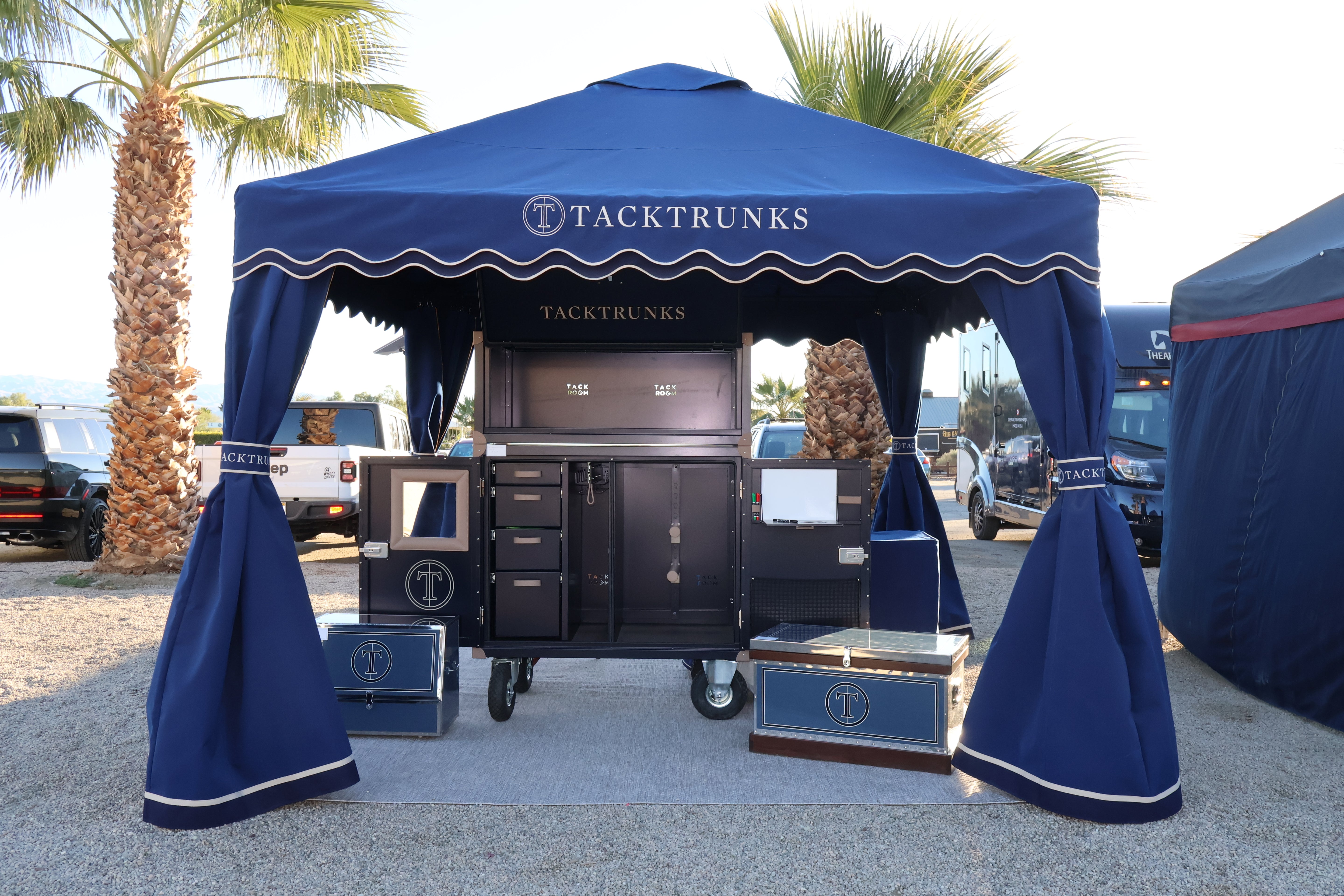General Horse Show Terms
- Arena/Show Ring: The enclosed area where competitions take place, often either indoor or outdoor.
- Class: A specific competition within a horse show, categorized by skill level, age, breed, or type of event.
- Entry: The horse and rider or driver team registered to compete in a class.
- Exhibitor: The person showing the horse in the ring, either a rider, driver, or handler.
- Judge: The official responsible for scoring performances based on a set standard or set of rules.
- Prize List: A booklet or document listing all classes, prizes, and rules for a show.
- Ring Steward: A person assisting the judge, helping to maintain order in the ring and enforce rules.
- Schooling: Practice or warm-up before a class, often held in a separate area.
- Show Bill: A program listing classes, riders, and sometimes schedules.
- Tack: Equipment used for riding or handling horses, such as saddles and bridles.
Riding Disciplines & Classes
- Dressage: A discipline focusing on precision, rhythm, and smooth transitions, often referred to as "horse ballet."
- Equitation: A class judging the rider’s form, position, and control over the horse.
- Hunter: A class where horses are judged on form, movement, and style over fences that mimic natural obstacles.
- Jumper: A class focused on clearing obstacles in the fastest time, with penalties for knocking down fences or refusals.
- Western Pleasure: A class judging the horse's responsiveness, style, and manners at a slow pace, often in Western tack.
- Trail: A class testing a horse's ability to navigate obstacles such as gates, bridges, and poles.
- Halter: A class judging horses based on conformation and physical quality while being led on the ground.
- Eventing: A three-phase discipline combining dressage, cross-country, and stadium jumping.
Jumping and Obstacles
- Combination: A series of two or three jumps placed close together that require accurate strides.
- Course: The set path that horses and riders follow in classes involving jumps, like hunters and jumpers.
- Fence: The obstacles that horses jump, which can vary in height, width, and type.
- Refusal: When a horse stops or avoids a jump, leading to a penalty.
- Stride: The distance covered in one step by a horse, important in measuring distances between jumps.
- Vertical: A jump with poles or rails set vertically without any width.
Judging and Scoring
- Clear Round: A perfect jumping round with no faults or penalties.
- Faults: Penalties given for mistakes such as knocking down a rail, refusals, or going off course.
- On the Rail: Riding around the perimeter of the arena, often done for judges to observe movement.
- Ribbons: Awards given for placing in a class, typically in various colors to represent placements.
- Score: The points or marks awarded by a judge based on the performance.
- Test: A specific pattern or routine riders may be required to complete in equitation or dressage classes.
Horse Movement and Behavior
- Canter: A three-beat gait faster than a trot and slower than a gallop.
- Collected: When a horse’s gait is shortened and controlled for a more balanced and elevated appearance.
- Extension: Lengthening the horse's stride while maintaining balance and rhythm.
- Flying Lead Change: A change of lead (directional leg) at the canter without breaking gait.
- Gait: The specific movement or pace of a horse, such as walk, trot, canter, or gallop.
- Halt: A complete stop, often used as a test of obedience and balance.
Rider Apparel and Tack
- Breeches: Fitted pants worn by riders, usually for English riding disciplines.
- Martingale: A strap used to control a horse’s head carriage, keeping it from raising too high.
- Reins: Straps attached to the bridle used by the rider to steer and control the horse.
- Saddle Pad: Padding placed under the saddle to provide comfort and prevent chafing.
- Spurs: Small metal tools attached to the heels of riding boots to aid in controlling the horse’s movement.
- Show Coat: A formal jacket worn by riders in many English riding classes.
- Exhibitor Number: Numbers worn my riders so they can be scored accurately by the Judge
Show Management & Roles
- Announcer: The person who makes announcements, calls for entries, and provides updates on scores.
- Back Gate Person: A person or group responsible for managing entries at the gate to ensure classes start and end efficiently.
- Back Gate(or In-gate): The area where horses wait before entering the ring, usually where last-minute preparations occur.


